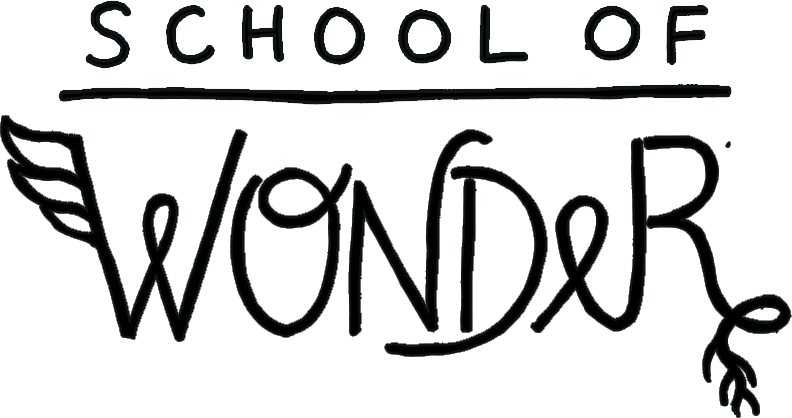Albert Einstein on the Creative Process
A (Success) = X (work) + Y(play) + Z(silence)
As seen on many social media posts, Albert Einstein’s famous “formula”: A (Success) = X (work) + Y(play) + Z(silence) is often referred to as a way to succeed in life, instead of as a formula for the creative process.
The exact quote, in German, is:
Wenn A fur Erfolg steht, lautet die Formel:
A = X + Y + Z
X steht fur Arbeit
Y ist die Muße
Un Z is heisst Mund zu halten
Arbeit can refer to the effort and technique that is required from the creative person, as well as the capacity to focus and deepen what is needed in the creative processes.
Muße is normally translated as fun, tranquility, ease.
The German word has connotations of “play”, as Catherine L’Ecuyer describes very well in her book The Wonder Approach, where she describes “play” as, “the capacity to enjoy doing a task because you’re doing it with the heart”.
Interpreting the word Muße as “play” reminds me of the sanskrit term lila, which is sometimes translated as "divine play", referring to the inspiring and relaxing state where the human being can improvise or carry out creative tasks such as playing or dancing.
Einstein’s formula of creativity also includes “silence”. Mund zu halten means “keeping the mouth shut”.
Although translated as silence, it could also refer to the reflection and metacognition moment that all creative process requires in order to process what has been learned through an experience or task.
It’s also possible that Einstein meant silence as a way to emphasize an essential part of all creative processes: the silence of the mind, so as to let the inspiration manifest in words or acts that only exist in the subconscious imagination of the creative being while in their “Muße”.
Erfolg: English-German dictionaries translate it as “success” or “result”. The German definition is actually “the positive result of an effort”. The word seems to be closer to the concept of creation, art or manifestation.
For centuries, artists and philosophers have written about the creative process and the art of creativity. Many agree that their greatest insights and creations came to them as a divine moment of clarity or inspiration, a visualization that showed up in their minds. And their creative job was to channel that sudden gift of wisdom into their form of creative expression. How? With effort, hard work and technique. Indeed, the artist’s mastery comes not only from their capacity to access that wisdom, but also from their skill to translate it to the physical world in the most pure and accurate way. Play and work is the divine dance of imagination and reason.
Pablo Picasso said about his creative process :
“I hope that when inspiration arrives, she finds me working”.
Francisco de Goya, the most important Spanish artist in the 19th century, wrote about this dichotomy:
“Fantasy, abandoned by reason, produces impossible monsters; united with it, she is the mother of the arts and the origin of marvels.”
So allow me this poetic license:
It’s intriguing to me that Einstein left us with this quote in the form of a formula A=X+Y+Z. I love playing with the poetic idea that he also left us the initial clues to understand the quantum mechanics behind the human being.
It makes me wonder whether he was leaving a puzzle for future generations to reveal. Couldn’t this quote actually be connected to what Einstein most cared about? Energy and matter becoming one thing.
What if there is a relationship between his famous formula of energy-matter and this idea of creation? Couldn’t this formula of creativity refer to the art of making physical something that existed only in the form of energy, light or possibility?
In 1905, Einstein published perhaps the most important formula of his discovery: E=m*c2. This formula summarizes the principle of equivalence between energy and matter (E=m*c2), and his implications still inform and align with the latest discoveries in quantum mechanics and the wave function of the universe. To refresh our minds, this formula means "energy equals mass times the speed of light squared,” and it basically sets up the mathematical relationship between the physical world, reigned by matter, and the quantum physical world, reigned by energy and light.
What if our imagination could also have a wave function that showed the probability density of creations to become reality? What if there is a quantum approach to our capacity to wonder, imagine and manifest?
RESOURCES
Free Play: Improvisation in Life and Art, by Stephen Nachmanovitch
Artist’s Way, by Julia Cameron
The Wonder Approach, by Chaterine "L’Ecuyer


